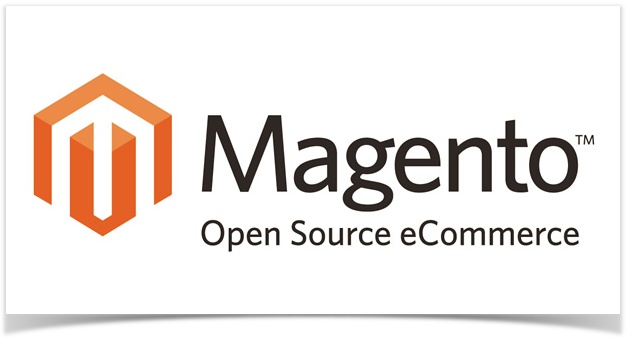
When Wish had to choose how it would help customers fight zombies, vampires, take thrilling helicopter rides, and throw them into real riot training, it chose Adobe Commerce. Unlike a lot of ecommerce solutions, Adobe Commerce is open source. Benefit? Your software geek can go in there and customize the application to suit your company’s needs. While there are a few drawbacks to the program, there’s a lot to love.
The Community
Adobe Commerce is surrounded and supported by a robust community of developers. Users can easily test, track changes, and field questions to developers. That’s just an inherent benefit of being open-source. With “closed” programs, you rely on a single company’s expertise in building out the software. If there’s ever a problem, you’re going to lose time, money, and possibly customers. If the developer doesn’t want to (or can’t) build out the software the way you want it built, you’re often stuck with a solution that sort-of works but can never be what you really want it to be.
Off On The Right Foot
Adobe Commerce comes fully featured and useful right out of the box. It allows you to accept most major payment gateways. On top of that, Adobe Commerce installs many of the necessary extensions by default, is continually being developed and improved with new bug fixes and releases. In fact, it’s considered to be the most advanced ecommerce program available. If your company needs a rich feature set, and you’ve got a stunning imagination, the sky is pretty much the limit. Aside from payment gateways, you can also plug in Google Analytics and integrate other software programs to help you track sales, conversions, and do other sales-related testing.
Built-In SEO
The software implements search engine friendly URLs and meta data by default. You can, of course, customize these settings via the administrator’s panel. In a world that is increasingly reliant on search engines for traffic, having a good SEO framework to start from is a must – especially for ecommerce sites. Meta data and SEO friendly URLs mean that your site’s pages and URLs are keyword-rich. The meta description doesn’t help with ranking in most major search engines these days, but it does help determine what text will appear in search results.
This is important because that text is the “call to action” that leads visitors to your site so that they will (hopefully) buy. Having keyword-rich URLs, instead of your platform’s default ones (which are sometimes an unrecognizable string of letters and numbers, or worse, the date and file name), gives site visitors a better idea of what the page is all about. Basically, Adobe Commerce helps improve user experience on your site.
The Drawback
The biggest drawback to Adobe Commerce is its complexity. Yes, having a rich feature set it amazing. Being able to customize everything under the sun makes the software infinitely flexible. However, you need to have a skilled programmer to make all of the customizations. Even for admins, the user panel can be difficult to navigate and use. The skill level of developers in the Adobe Commerce marketplace varies a lot. While the software allows for customizations, most developers just aren’t up to the task. They may be able to point you in the right direction, get you half-way to where you need to be, or even know someone who can help, but finding really skilled developers is like finding a needle in a haystack.
Why You Should Use It Anyway
Despite a few drawbacks, there’s one reason why you should definitely consider Adobe Commerce: it’s awesome. Seriously. Spend the money on a developer. Get him trained. Do whatever it takes. The software will make your life (and business) that much better. Hire someone to handle the admin panel if necessary. The opportunity cost of not doing so is incredible.
Jack Harding is an ecommerce entrepreneur and ardent blogger. He is always on the lookout for ecommerce solutions to share online. To see Adobe Commerce in action, visit Wish.co.uk.

